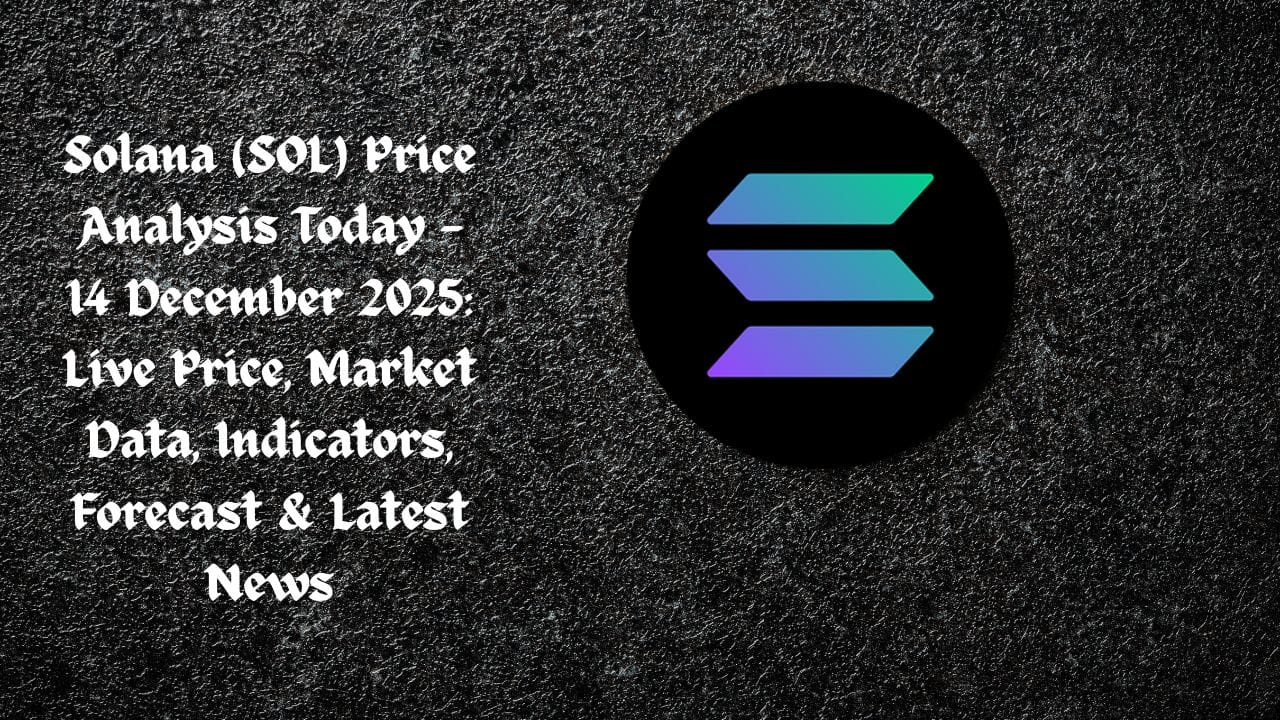The Cardano network, a leading proof-of-stake blockchain lauded for its scientific rigor and robust development, has recently experienced significant disruption following a sophisticated “poisoned transaction” attack. Occurring on November 21, 2025, the incident sent ripples through the ADA ($0.40) ecosystem, raising critical questions about network resilience and the ever-present threat of malicious exploits, even on highly secure platforms. While developers swiftly moved to address the issue, the temporary impairment of transaction processing and smart contract execution highlighted the intricate challenges in maintaining an unassailable decentralized infrastructure.
The Anatomy of the Attack
Analysts are still piecing together the full technical scope, but early reports suggest the attack leveraged a complex series of deliberately malformed or resource-intensive transactions designed to overload specific components of the network’s memory and processing capacity. Unlike a simple denial-of-service, this “poisoned transaction” approach appears to have exploited subtleties in the node software’s handling of certain transaction types or smart contract interactions. The goal wasn’t necessarily to steal funds directly but to degrade network performance, hinder transaction finality, and potentially destabilize dApps built on the platform. Such an attack type is particularly insidious because it targets the very efficiency and reliability that users expect from a modern blockchain.
Immediate Impact and Network Stability
The immediate aftermath of the attack saw a noticeable slowdown across the Cardano network. Users reported significant delays in transaction confirmations, with some transactions taking far longer than the typical several seconds. Smart contract interactions, particularly those involving complex DeFi protocols, also experienced disruptions, leading to temporary halts or errors in various decentralized applications. While the network itself remained operational, the compromised performance had tangible effects:
- Transaction Backlogs: A considerable backlog of pending transactions accumulated, affecting user experience and operational efficiency for businesses leveraging Cardano.
- dApp Performance Degradation: Decentralized applications built on Cardano, especially those requiring real-time updates or rapid execution, saw a marked decrease in responsiveness.
- ADA Price Volatility: Following initial reports, the price of ADA experienced a moderate dip, reflecting investor uncertainty regarding the network’s short-term stability, though it quickly began to stabilize as mitigation efforts were announced.
- Developer Scrutiny: The incident prompted immediate and intense scrutiny from developers and network operators to identify the precise vulnerability and implement countermeasures.
Cardano’s Response and Future Security Measures
The Cardano Foundation and IOHK (Input Output Global), the primary development company behind Cardano, mobilized quickly. Public statements confirmed the disruption, assured users that funds were secure, and detailed ongoing efforts to diagnose and patch the vulnerability. Initial mitigation strategies involved node operators upgrading their software to filter out or better handle the malicious transaction patterns. Longer-term, this incident is expected to spur further enhancements to Cardano’s transaction validation logic, resource management protocols, and potentially introduce new circuit-breaker mechanisms for unusual network load. The community’s collaborative effort in monitoring and reporting issues was also crucial in the rapid response.
Wider Industry Repercussions
This “poisoned transaction” attack on Cardano serves as a potent reminder for the entire blockchain industry. It underscores that even meticulously designed and peer-reviewed networks are not immune to sophisticated exploits. For proof-of-stake (PoS) blockchains, which rely on validators to maintain network integrity, such an attack can highlight the importance of robust node client software and efficient consensus mechanisms under stress. The event will likely lead to increased focus on:
- Advanced Threat Modeling: Encouraging all L1 and L2 solutions to develop more comprehensive threat models that account for subtle, resource-exhausting attack vectors.
- Client Software Hardening: Pushing for continuous auditing and hardening of node client software to prevent similar exploits across different ecosystems.
- Community Vigilance: Reaffirming the role of the decentralized community in rapidly identifying and responding to potential threats, acting as the first line of defense.
Conclusion
While the “poisoned transaction” attack on Cardano was a concerning event, the rapid and coordinated response from its core developers and community averted a more severe crisis. It stands as a testament to the resilience of decentralized networks when faced with adversity, but also as a stern warning that the pursuit of absolute blockchain security is an ongoing, evolving battle. The lessons learned from this incident will undoubtedly contribute to making Cardano, and the wider blockchain landscape, more robust against future, increasingly sophisticated threats.
The post Cardano Network Suffers ‘Poisoned Transaction’ Attack: Implications for ADA and DeFi Stability appeared first on FXcrypto News.













 24h Most Popular
24h Most Popular





 Utilities
Utilities